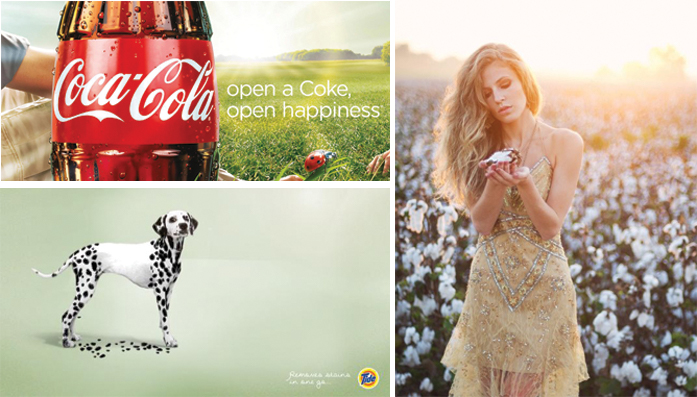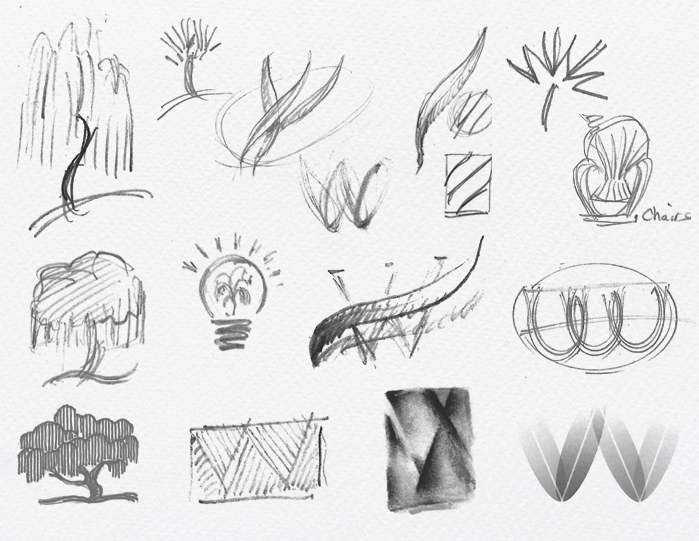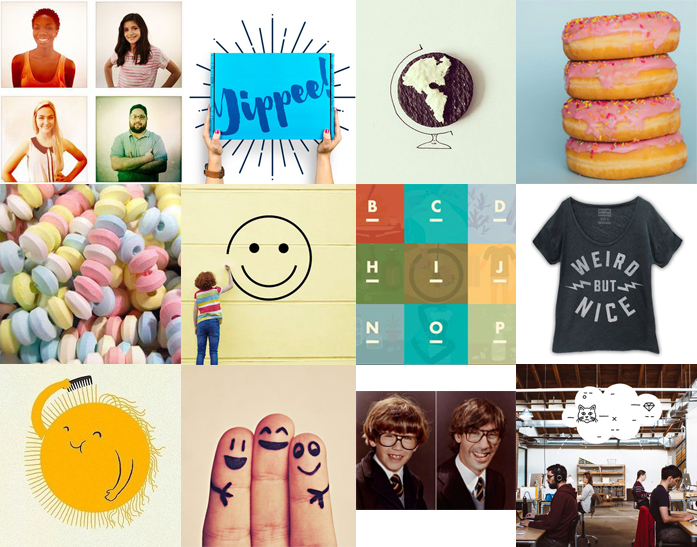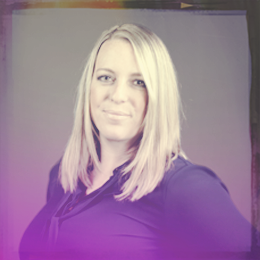
Beginning with a brand archetype to understand how your message resonates with customers on a deep subconscious level is the most helpful way to begin creating visual tone. It sounds a little heady, and it kinda is, but here’s an easy way to think about it.
A long time ago, psychologist Carl Jung believed that the reason some characters (in art, literature, film, etc.) are instantly familiar is because they are a primal, instinctive part of our subconscious. We are born with these repeating patterns hardwired into us. We can call these patterns ARCHETYPES.
While there are many Jungian archetypes, brand experts work within 12 mapping territories. Brands that can effectively correspond with one of these 12 archetypes anchor their brand to something already embedded within the subconscious—emerging or dominant—of their ideal customer.
Because this is a central aspect of our branding process, our research (during the Discovery phase) placed extra emphasis on discovering what truly MOTIVATED our ideal client/partner. With a healthy understanding of the motivators we tap into, we were able to confirm the archetype we bring forth in our clients: THE INNOCENT.

Innocent brands (like P&G, Cotton, and Coke) are simple, hopeful, and nostalgic—often evoking ideas of earthly paradise—nature, whole grains, hot coffee, and hope. Naturally idealistic and optimistic, they often demonstrate perseverance in the face of obstacles and motivate others to trust that everything will turn out well in the end. We’re believers that what connects us is so much stronger than what divides us, and it’s all gonna be okay… in fact, it’s going to be better than okay.
So to develop a new brand look and feel, we broke apart the research findings and held them up to our current materials.
 We knew we needed something “earthy” and “optimistic,” which meant saying goodbye to the color red. It would also need an artisan quality to demonstrate that what we do is always custom—“made by hand especially for you,” which meant saying goodbye to the flat, graphic representation of our tree. The new brand had to remind people of “better” times.
We knew we needed something “earthy” and “optimistic,” which meant saying goodbye to the color red. It would also need an artisan quality to demonstrate that what we do is always custom—“made by hand especially for you,” which meant saying goodbye to the flat, graphic representation of our tree. The new brand had to remind people of “better” times.
Valuing that outsider’s perspective, we gave this tall order to our incredible design partner, Bruce Dean, who got to work creating sketches and linoleum block carvings of willow trees that we’d later deconstruct. The branches of the tree overlapped in one carving to form a W, and we loved the rough, hand-carved depth that came through. This element would later become our “weave” pattern that is a stamped interpretation of willow branches.
Bruce sketched everything from light bulbs with leaves to primitive chairs using tools from the art studio—paint brushes, charcoal, carvings, leather, ink—and we found a truth that has endured over time: Sometimes the simplest things prevail.

Cooler tones and hand-drawn lines informed our development of the final brand mark, which we nicknamed the “Stamp,” as  well as the clean simplicity of the typography. Together, they made us feel like we could get out of the fast lane, relax, and enjoy this life—just like the best Innocent brands do.
well as the clean simplicity of the typography. Together, they made us feel like we could get out of the fast lane, relax, and enjoy this life—just like the best Innocent brands do.
We created mood boards to show how the brand would be applied to the new Willow website (check that out here!), as well as a social campaign to promote “better days” (follow along with us all year at #WillowBetterDays).
The true test of activating a promise is whether an organization feels as though it has truly been reintroduced to themselves—a better version of who they were all along.
And that is what we did. We’re thrilled to be portraying outwardly what we’ve always lived inwardly. And that’s a promise.
